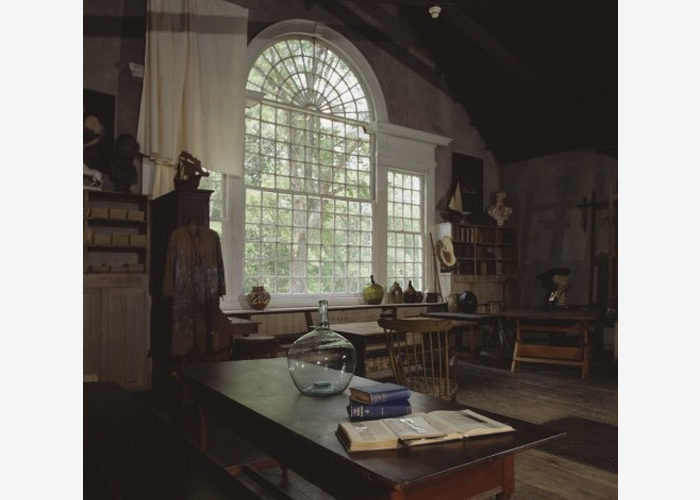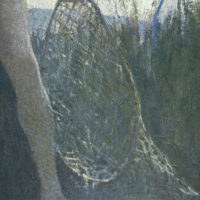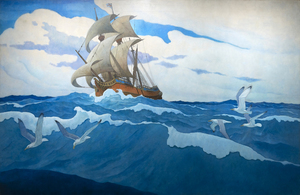N.C. WYETH (1882-1945)
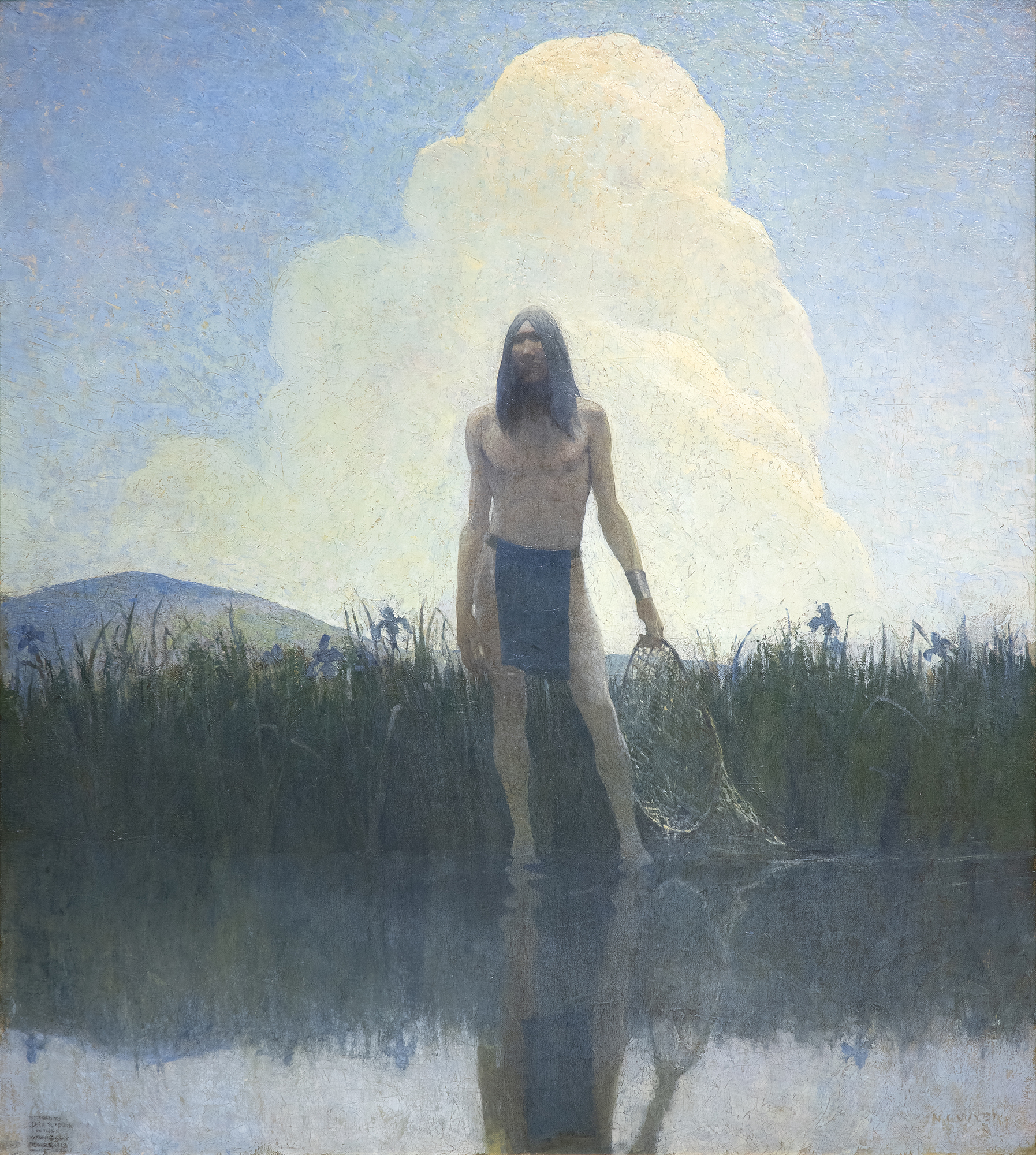
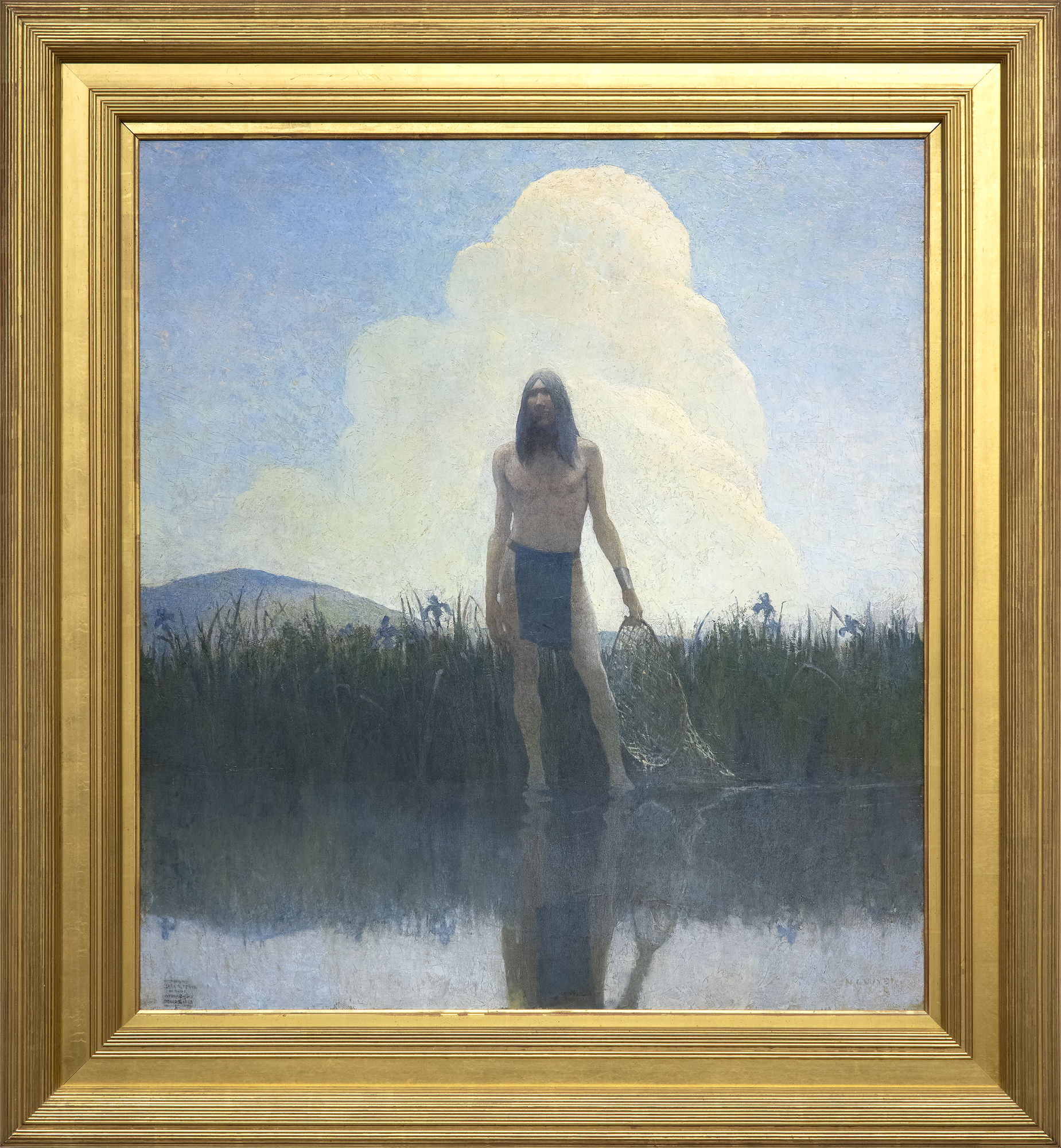
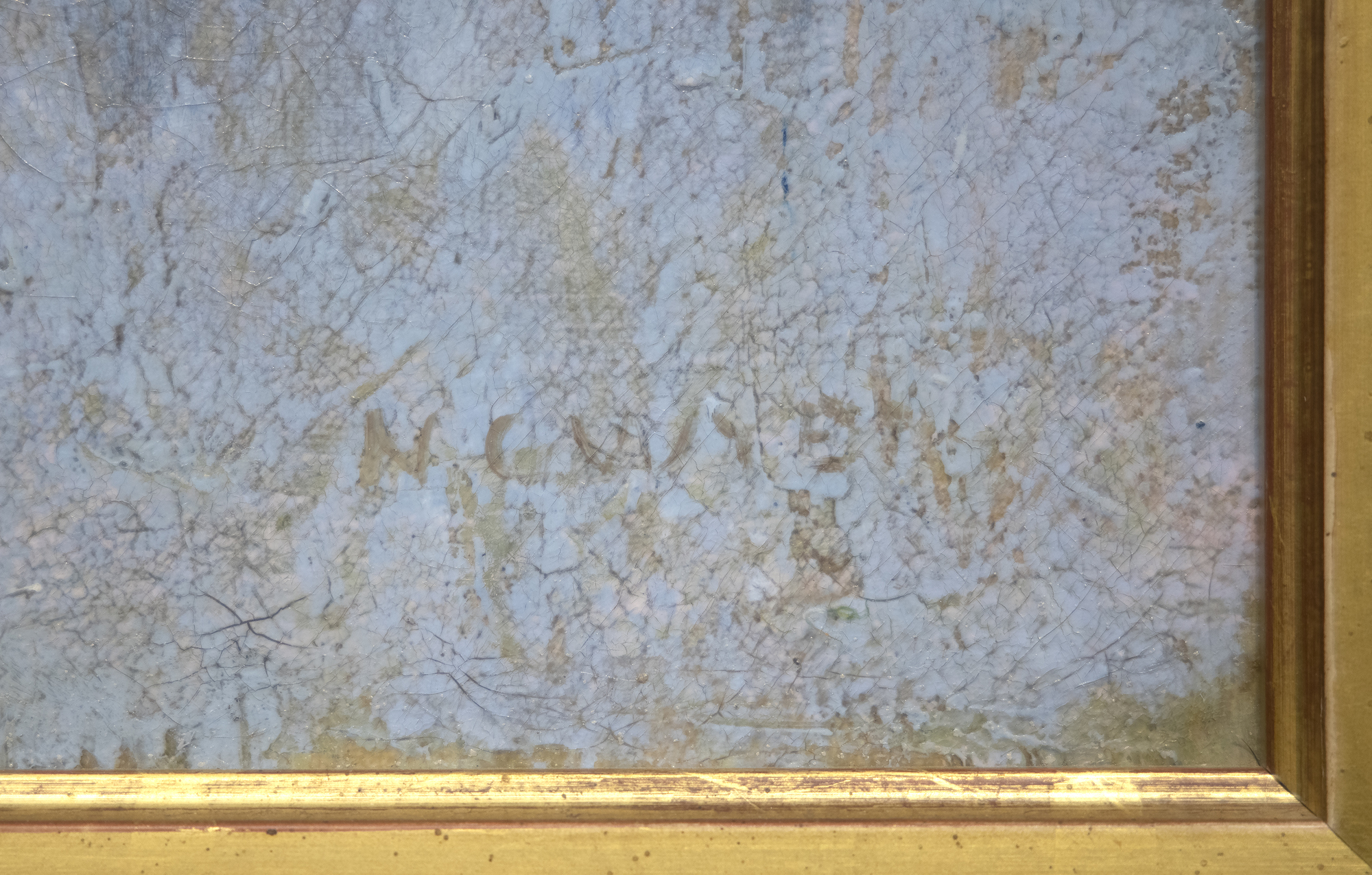
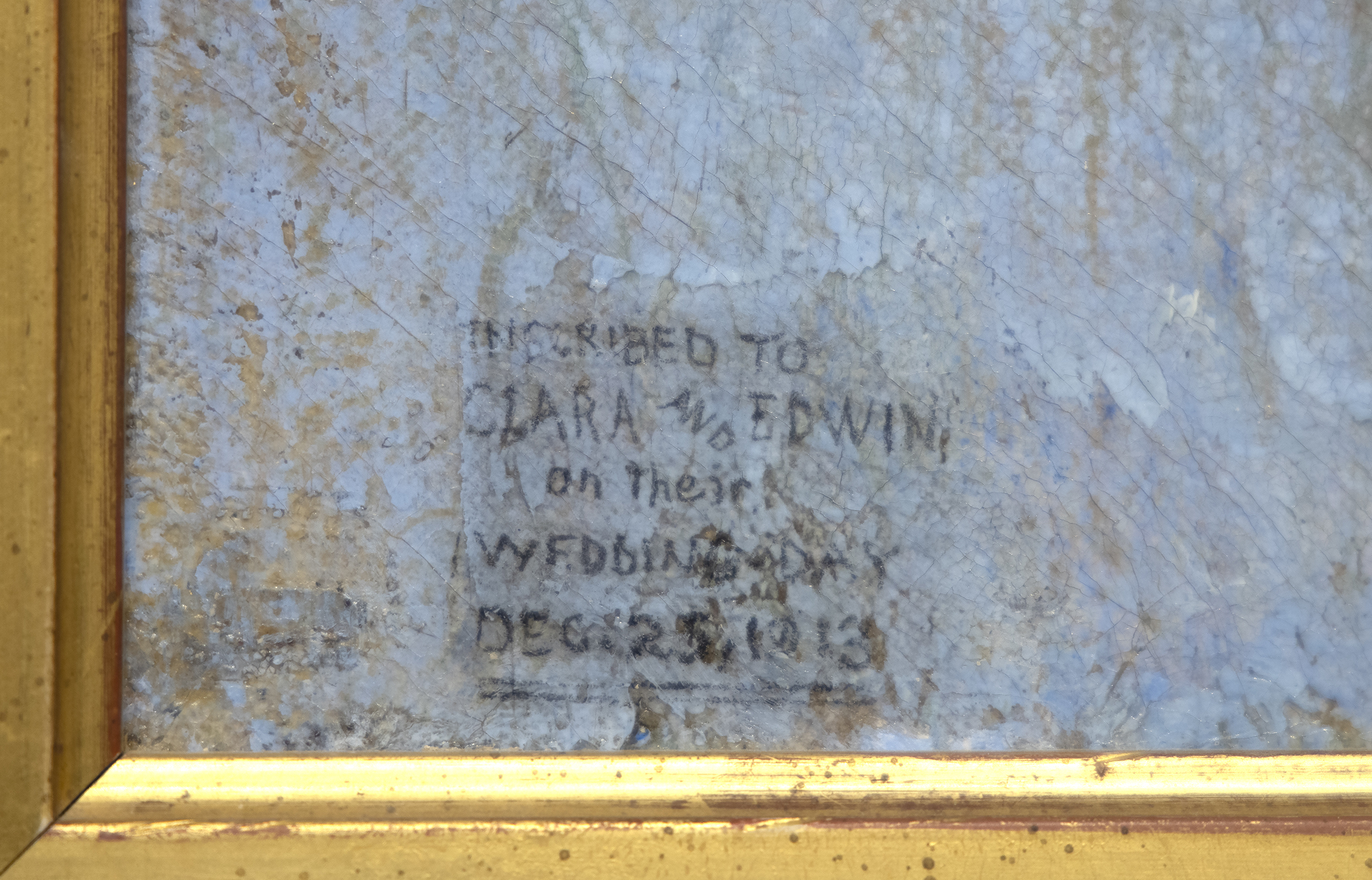
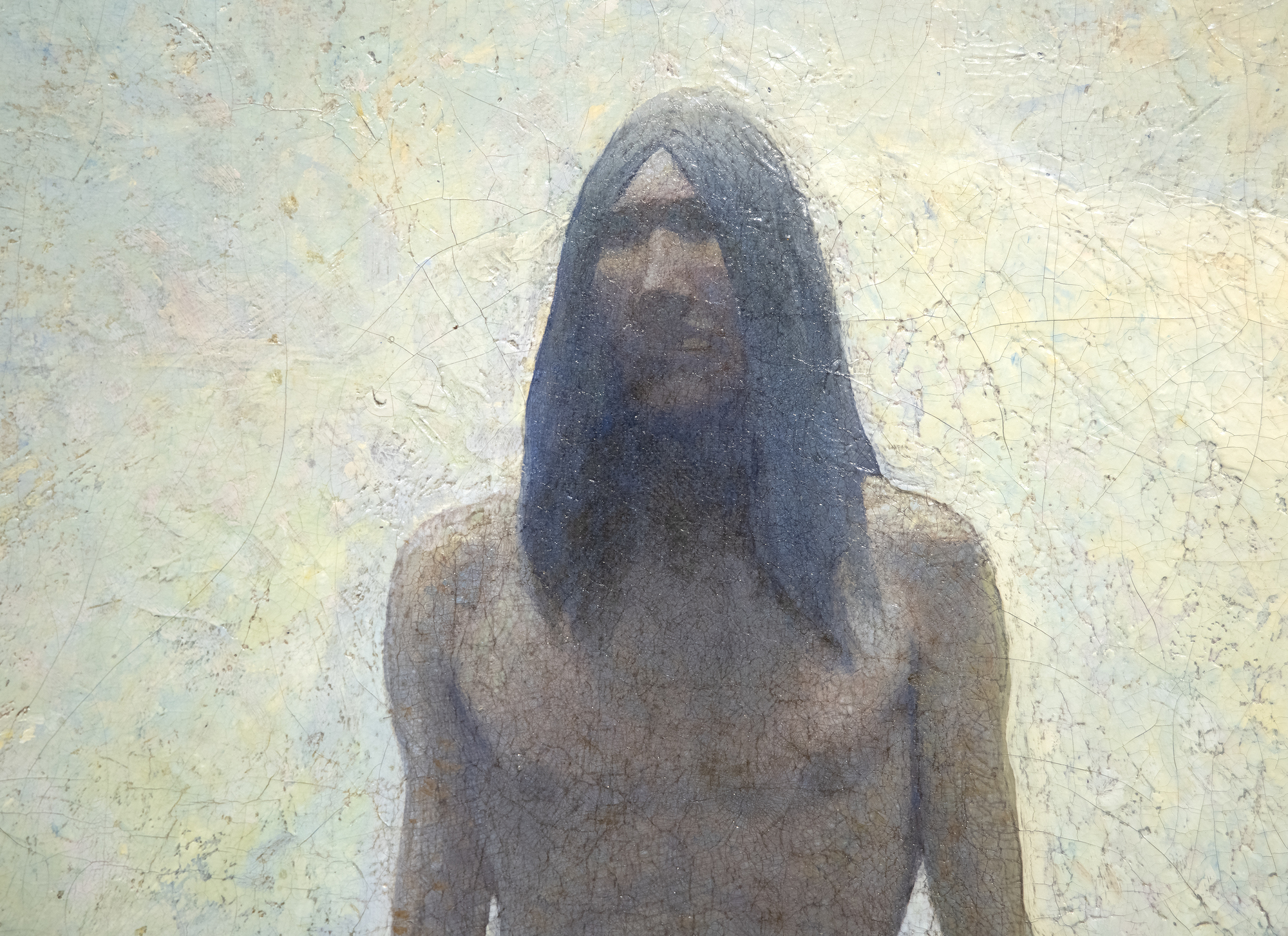
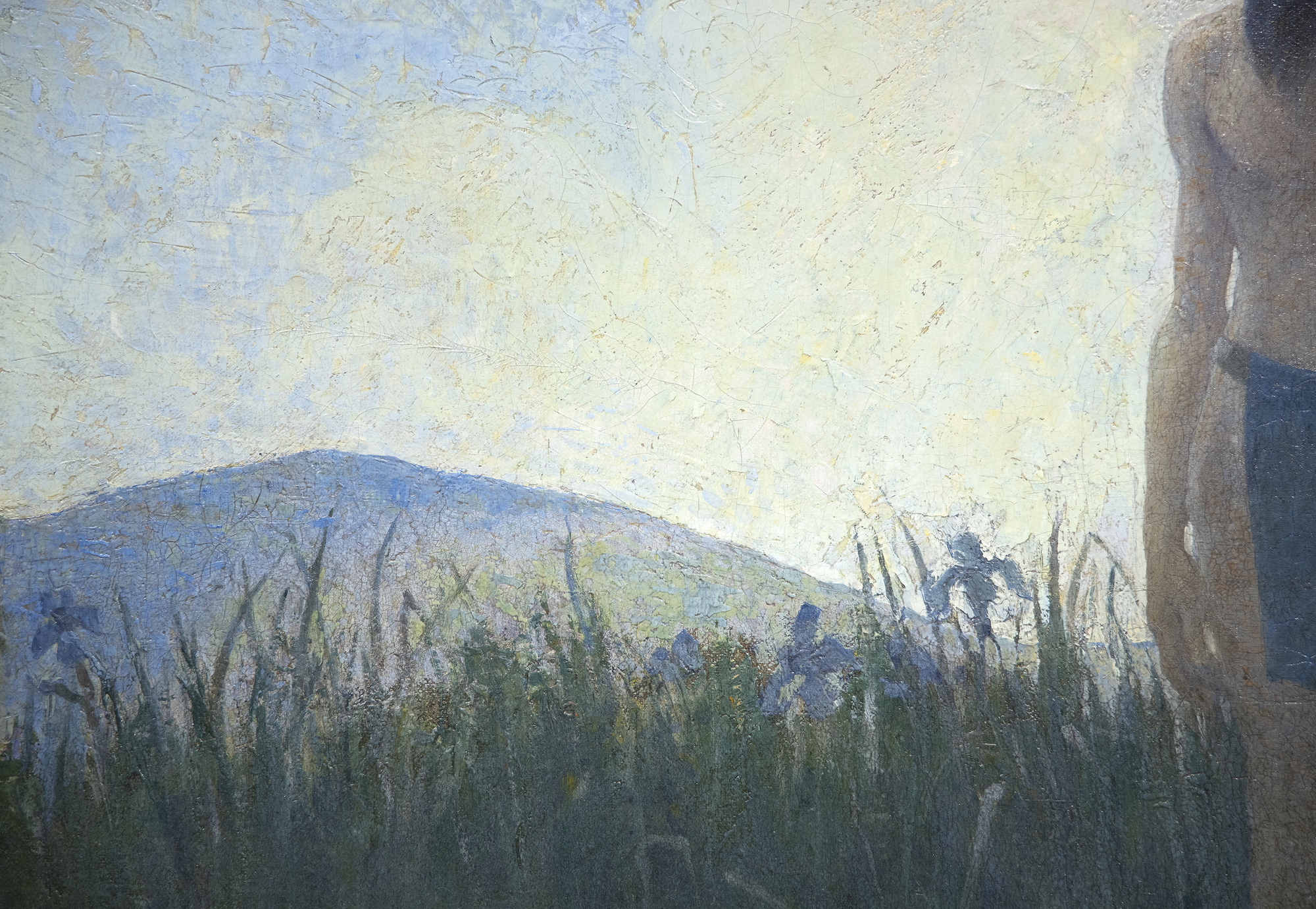
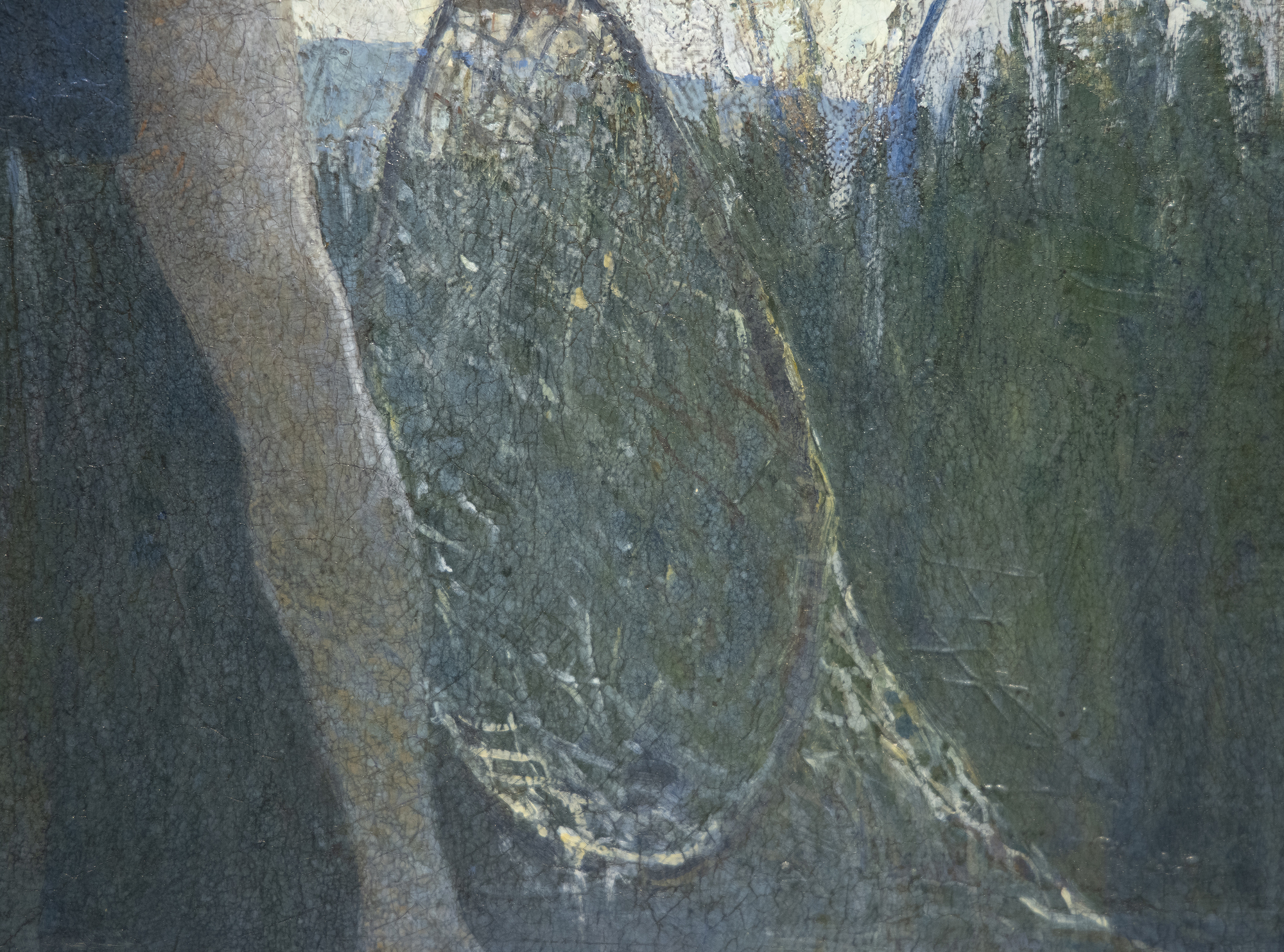
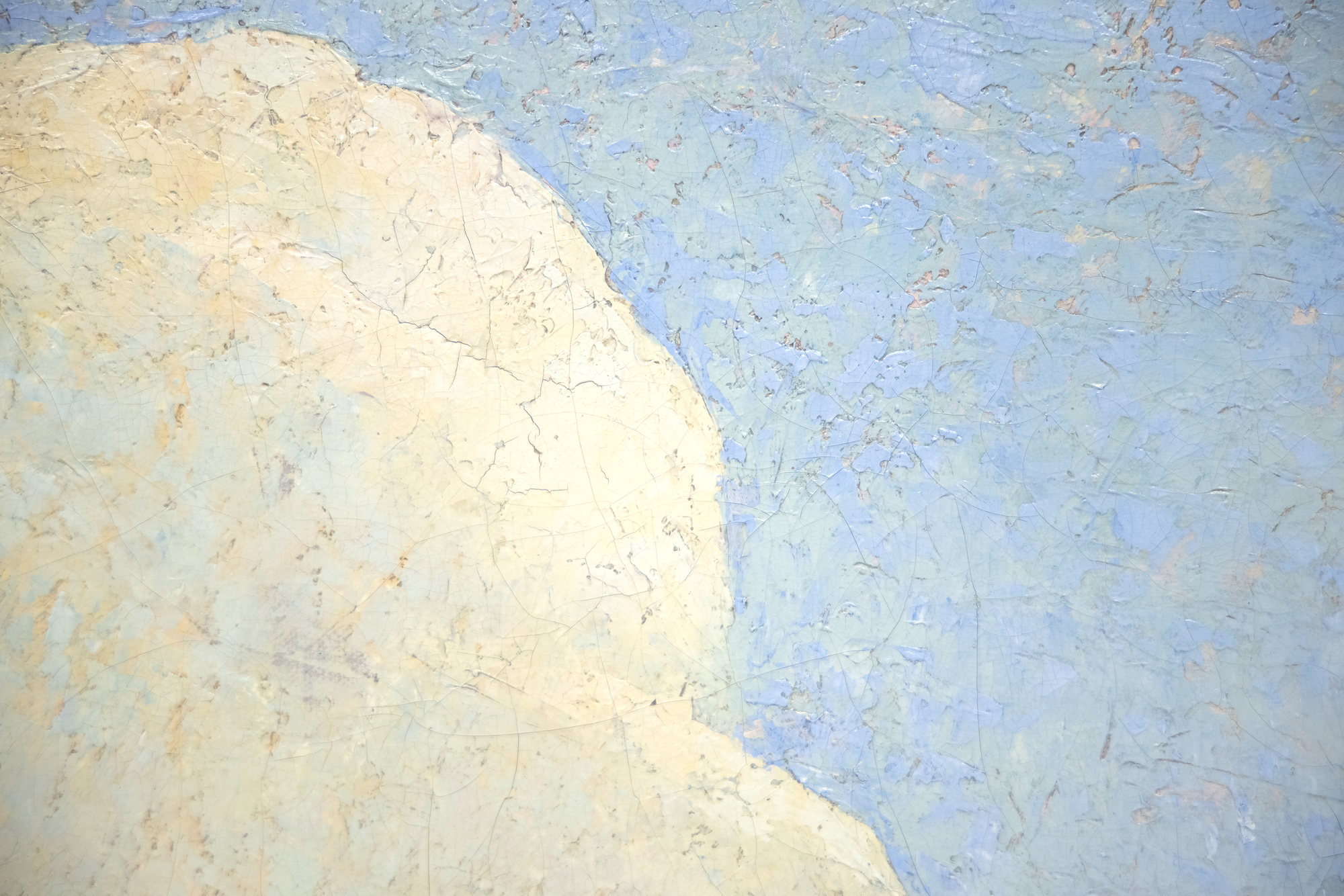
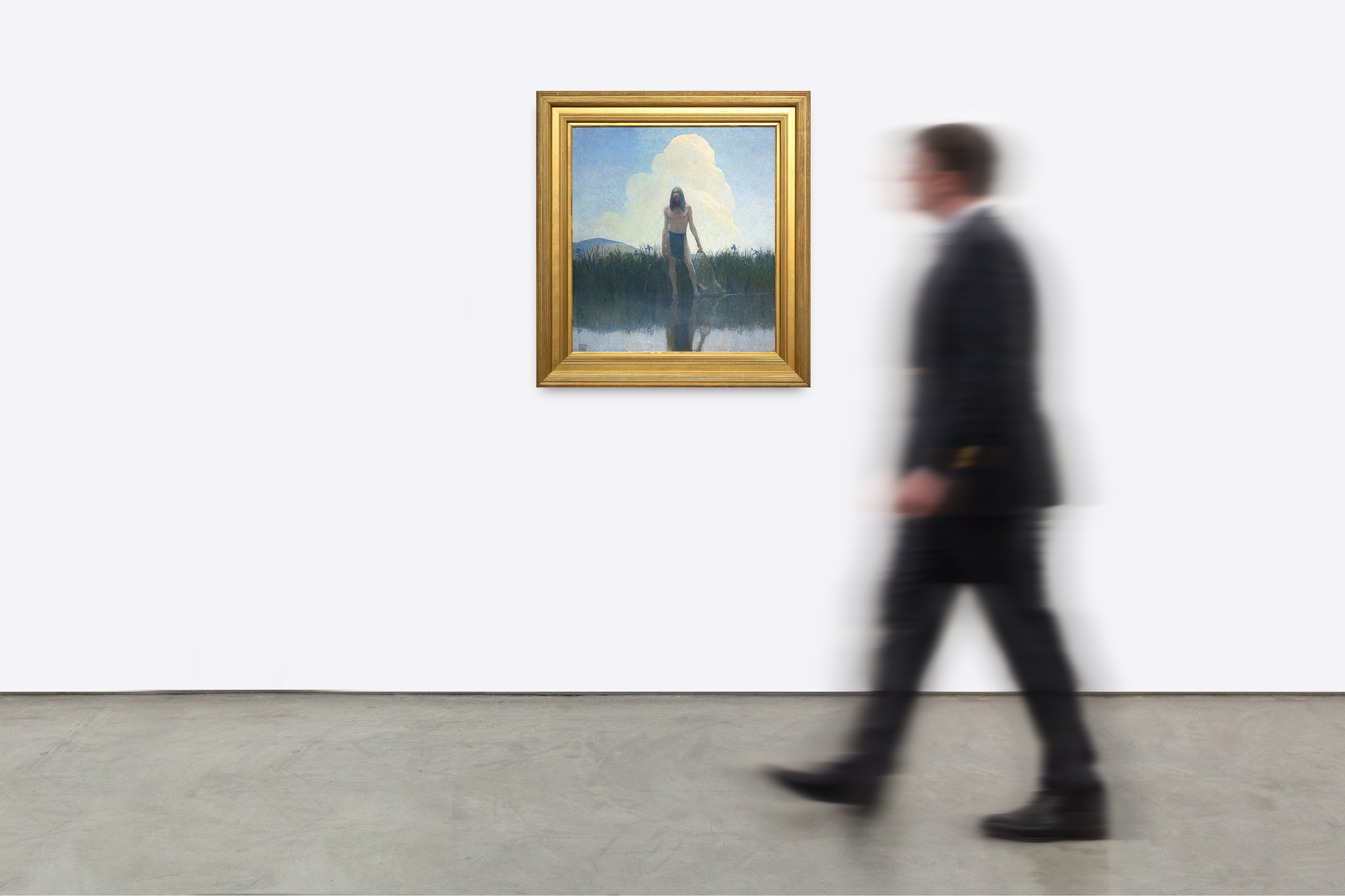
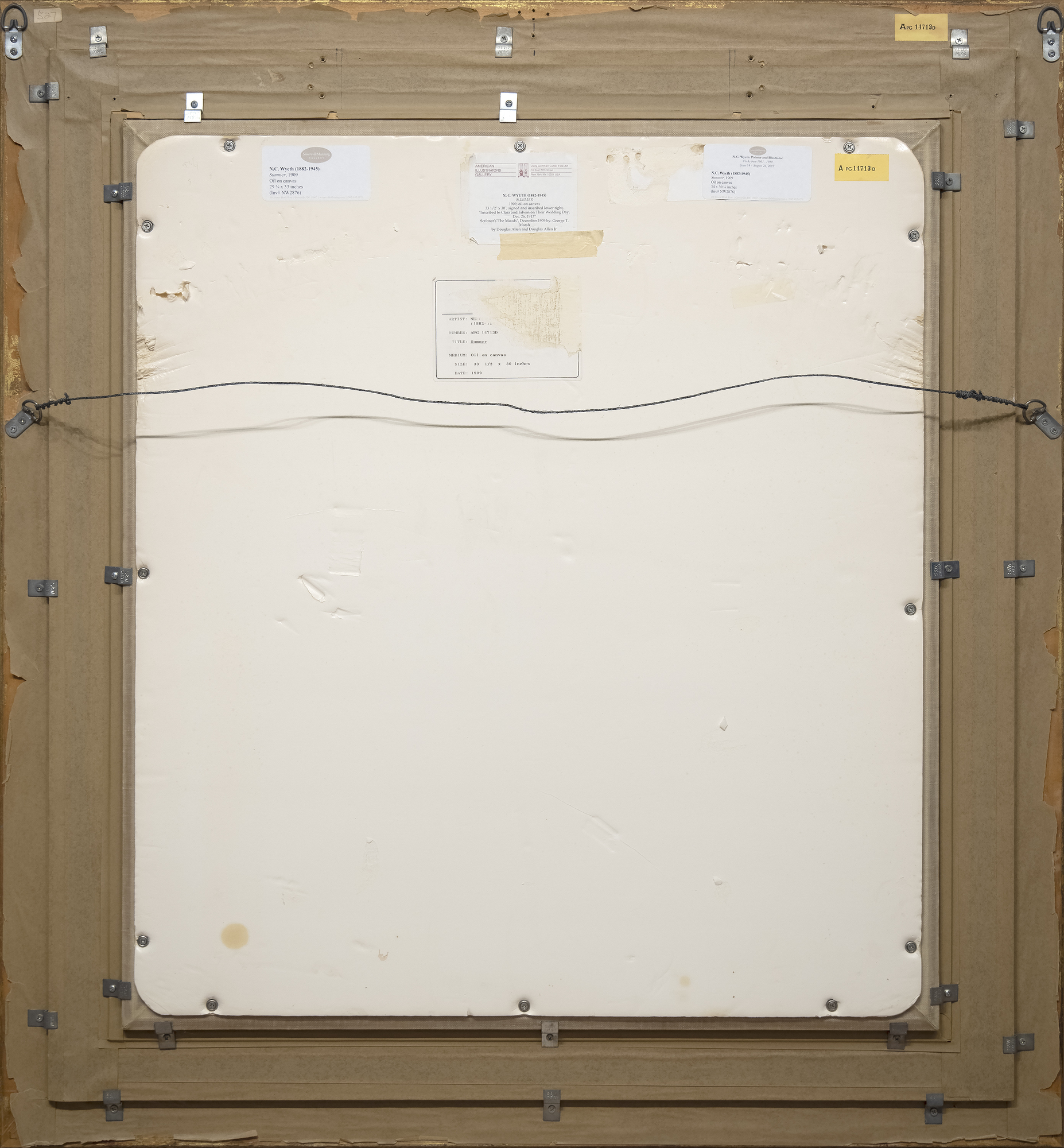
Provenance
M. et Mme Edwin R. Wyeth, 1913Mme Edwin Wyeth, jusqu'en 1988
(Judy Goffman Fine Art, New York, NY, mai 1991)
Collection de John Edward Dell, jusqu'en août 1995
Collection privée, New York, jusqu'en 2008
[Galerie Somerville Manning, Greenville, Deleware, avril 2008].
Exposition
Philadelphie, Pennsylvanie, 1910, n° 798 à la p. 51, comme "Summer"Chadds Ford, Pennsylvanie, 1972, n° 12 ; Greenville, DE, 1995
Greenville, Delaware, Somerville Manning Gallery, N. C. Wyeth : Peintre et illustrateur, 14 juin-14 septembre 2019
Pal de l'Ouest...Plus.....m Beach, Floride, Ann Norton Sculpture Gardens, Figurative Masters of the Americas, 4 janvier - 12 février 2023
Littérature
Betsy James Wyeth, éd. The Wyeths, The Letters of N. C. Wyeth, 1901-1945 (Boston : Gambit, 1971), ps. 312, 313Douglas Allen et Douglas Allen Jr, N. C. Wyeth, The Collected Paintings, Illustrations and Murals (New York : Crown Publishers, 1972), p. 275, illustration en noir et blanc p. 62.
John Edward Dell, éd. Visions of Adventure, N. C. Wyeth and the Brandywine Artists (New York : Watson-Guptill Publications, 2000), illustration en couleur p. 64.
Christine B. Podmaniczky, N. C. Wyeth, A Catalogue Raisonné of Paintings (Londres : Scala, 2008), I.284, p. 200.
...MOINS.....
Histoire
Apparu à la fin de l'âge d'or, N.C. Wyeth était l'un des plus importants artistes et illustrateurs américains. Ses peintures et illustrations ont donné vie à des classiques de la littérature, de L'île au trésor au Roi Arthur et bien d'autres encore. On se souvient surtout de sa capacité à saisir les moments cruciaux d'un récit, transformant quelques mots en une représentation visuelle d'un drame et d'une tension profonds. Patriarche de la dynastie artistique Wyeth, qui comprend son fils Andrew et son petit-fils Jamie, son influence a touché les futurs illustrateurs et artistes.
Son héritage le plus important est peut-être la façon dont il a façonné l'imagination des Américains - de l'Amérique elle-même et des possibilités sauvages. Les peintures puissantes de Wyeth ont donné vie à de nombreuses histoires que l'Amérique a racontées sur elle-même. Ses premières peintures capturaient la vie de l'Ouest américain et certaines de ses illustrations les plus appréciées étaient destinées à des romans comme Le dernier des Mohicans ou à des nouvelles comme Rip Van Winkle. Malgré ce succès, Wyeth a lutté contre le mercantilisme des illustrations et des publicités, cherchant à ce que son travail soit accepté comme de l'art. Tout au long de sa carrière, il a expérimenté différents styles, passant de l'impressionnisme au divisionnisme et au régionalisme.
N.C. Wyeth a produit plus de 3 000 peintures et illustré 112 livres. Ses illustrations pour l'éditeur Charles Scribner's Sons étaient si populaires qu'elles sont devenues connues sous le nom de Scribner's Classics et sont encore imprimées à ce jour.
plus deŒuvres supplémentaires illustrant les humeurs de George T. Marsh
"Printemps. Chanson" (1909)
"Automne. L'attente" (1909)
"Hiver. La mort" (1909)
LES CONNAISSANCES DU MARCHÉ
- Le graphique préparé par Art Market Research montre que depuis 1976, les peintures de N.C. Wyeth ont augmenté à un taux de rendement annuel de 13,4 %.
- Le graphique du marché montre une croissance significative du marché depuis 2010, et une forte augmentation aussi récemment qu'en 2020.
- 2 des 3 premiers résultats d'enchères sont des scènes de Western
Les meilleurs résultats aux enchères

"Portrait of a Farmer (Pennsylvania Farmer)" (1943) vendu pour 5 985 900 USD.

"Hands Up" (1906) a été vendu pour 4 951 500 USD.

"Indian Love Call" (1927) a été vendu pour 3 510 000 USD.
Tableaux comparables vendus aux enchères

"Hands Up" (1906) a été vendu pour 4 951 500 USD.
- Plus grand que Summer Hush
- Peint trois ans avant Summer Hush
- Sujet occidental similaire
- Publié à l'origine comme illustration du frontispice de The Story of Montana de C.P. Connolly dans le numéro d'août 1906 du magazine McClure's.

"Indian Love Call" (1927) a été vendu pour 3 510 000 USD.
- Plus grand que Summer Hush
- Peint 16 ans après Summer Hush
- Sujet amérindien similaire
- Peint à l'origine comme une commande privée

"Stand and Deliver" (c. 1921) vendu pour 2 032 000 USD.
- Taille similaire
- Peint 12 ans après Summer Hush
- Publié à l'origine sur la couverture du magazine Life le 22 septembre 1921.
- La vente aux enchères date d'il y a 16 ans.

"Le skieur (The Ski Runner)" (1910) s'est vendu pour 1 205 000 USD.
- Peint 1 an après Summer Hush
- Légèrement plus grand que Summer Hush
- Illustré à l'origine sur la couverture de l'édition de fin de mois de février 1911 de The Popular Magazine.
- L'enregistrement de la vente aux enchères date de 8 ans

"Pêche indienne" (1908) a été vendu pour 937 000 USD.
- Peint 1 an avant Summer Hush
- Sujet amérindien similaire
- Plus petit que Summer Hush
- Publié à l'origine sur la couverture du Saturday Evening Post le 18 juillet 1908.
- L'enregistrement de la vente aux enchères date d'il y a 15 ans.
Peintures dans les collections des musées
Metropolitan Museum of Art, New York
Musée d'art de la rivière Brandywine, Chadds Ford, Pennsylvanie
Musée Peabody Essex, Salem, Massachusetts
Musée d'art Farnsworth, Rockland, Maine
Musée national de l'illustration américaine, Newport, Rhode Island
Musée d'art de Denver, Denver Colorado
Galerie d'images
Ressources supplémentaires
"Mon père" par Andrew Wyeth
La maison et le studio de N.C. Wyeth
Les lettres de N.C. Wyeth
Authentification
Voir Summer.L'inclusion de "Hush"dans le catalogue raisonné de Douglas Allen et Douglas Jr. sur les œuvres de N.C. Wyeth.
Voir l'entrée complète du catalogue raisonné
demander
Autres œuvres de N.C. Wyeth
Vous pouvez également aimer





